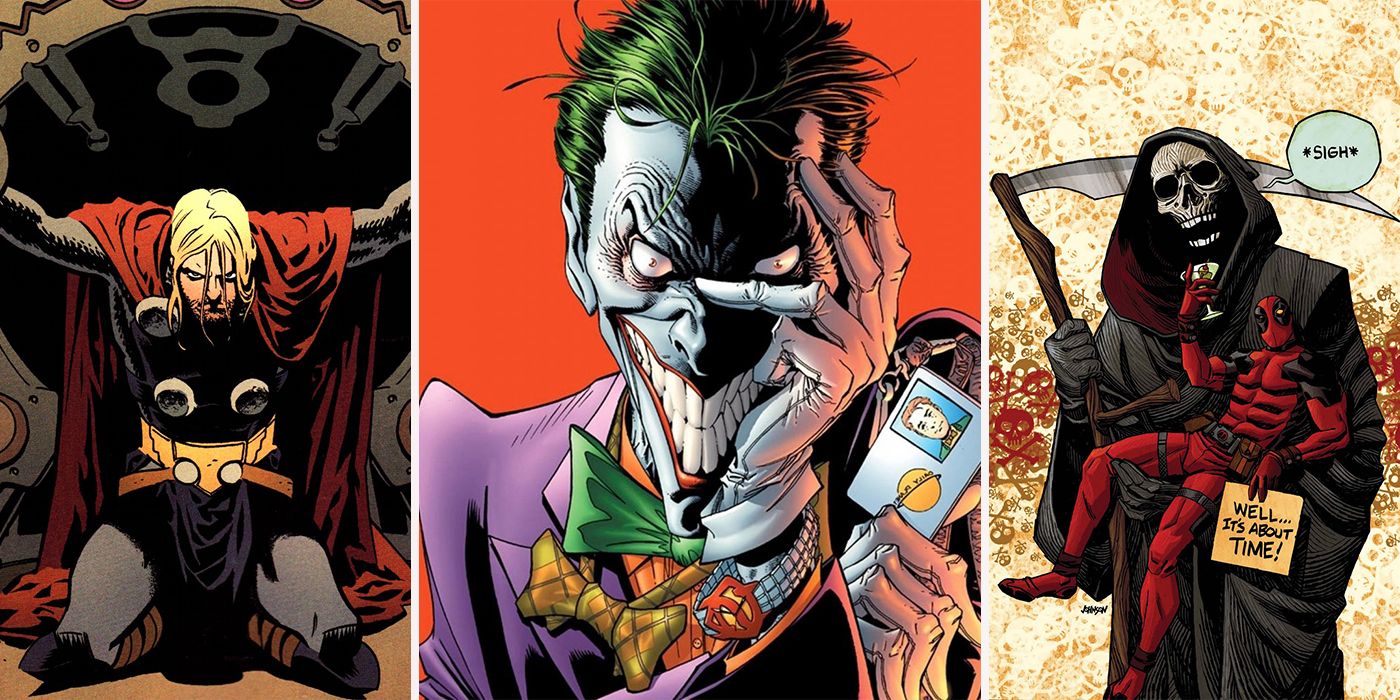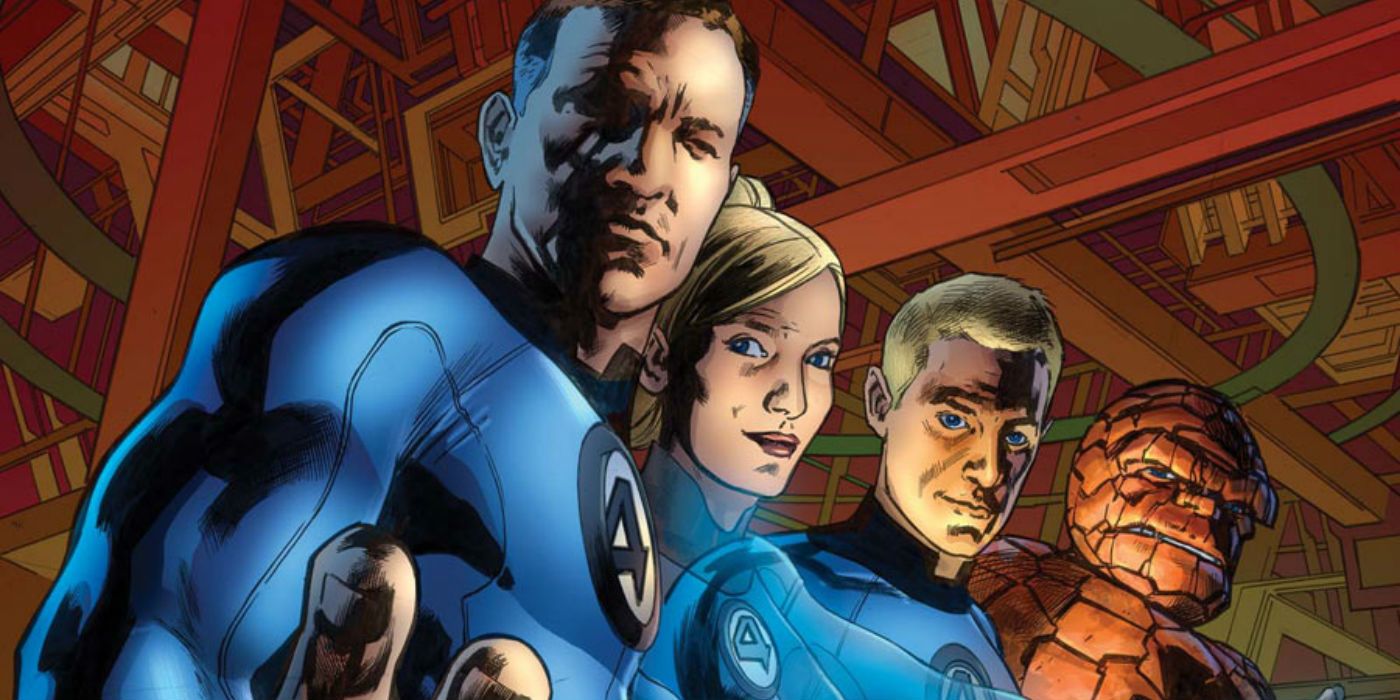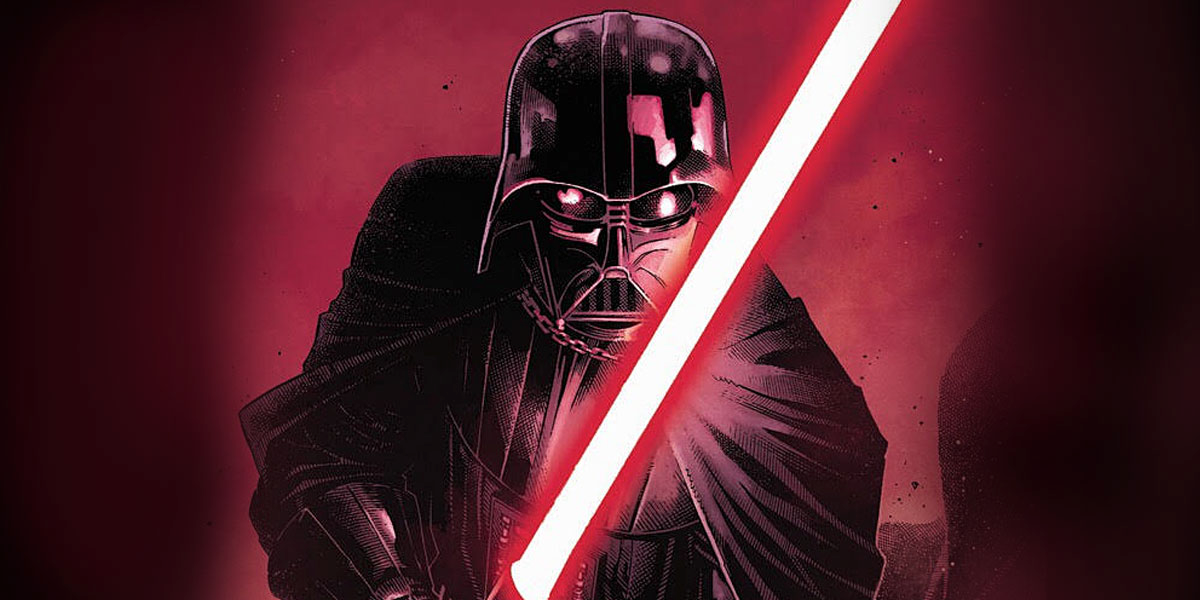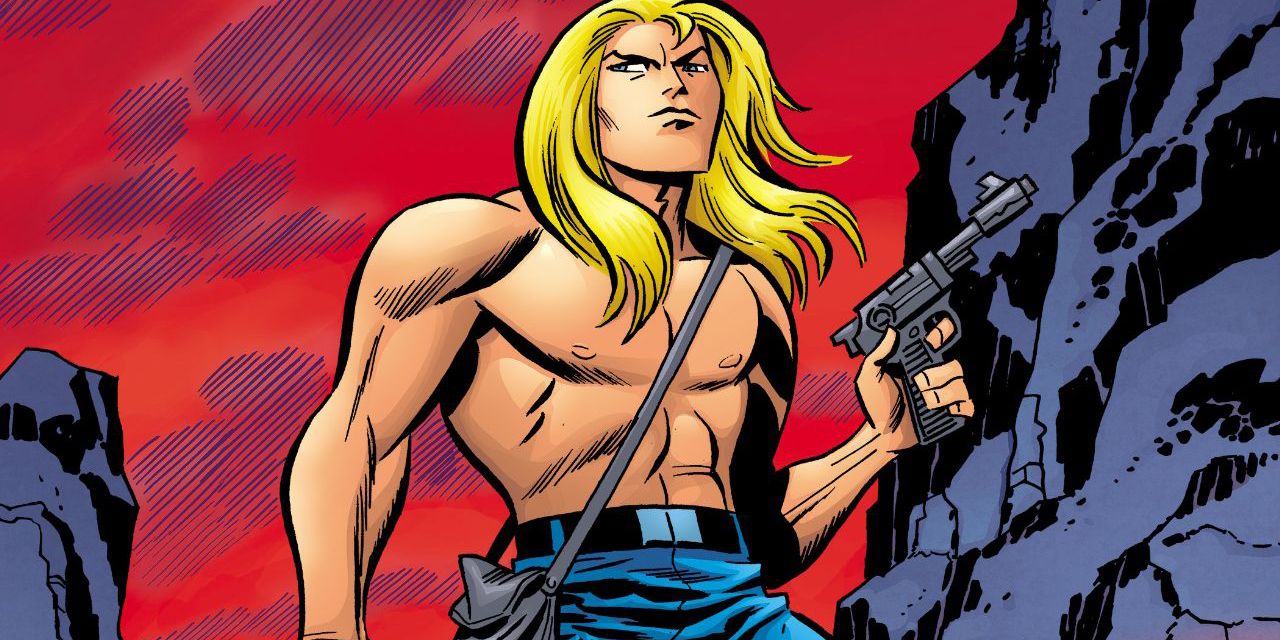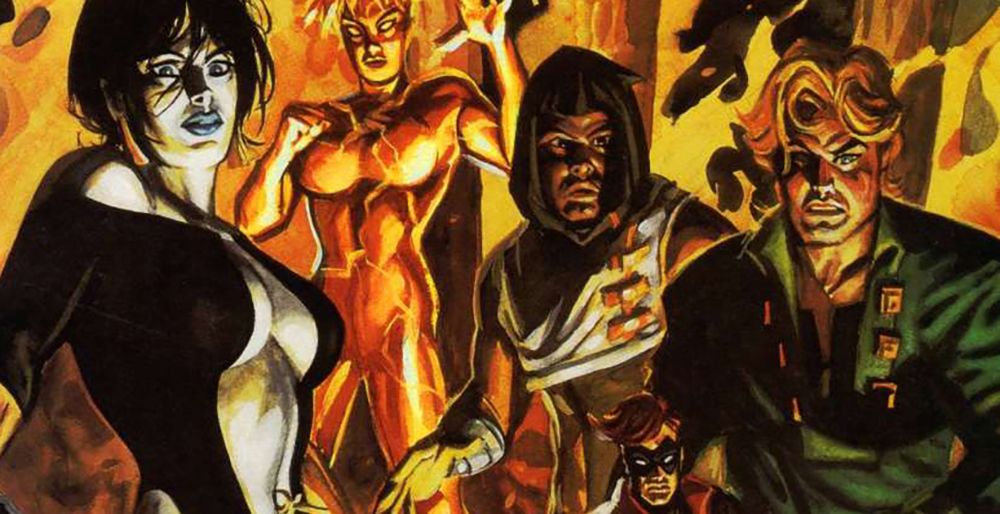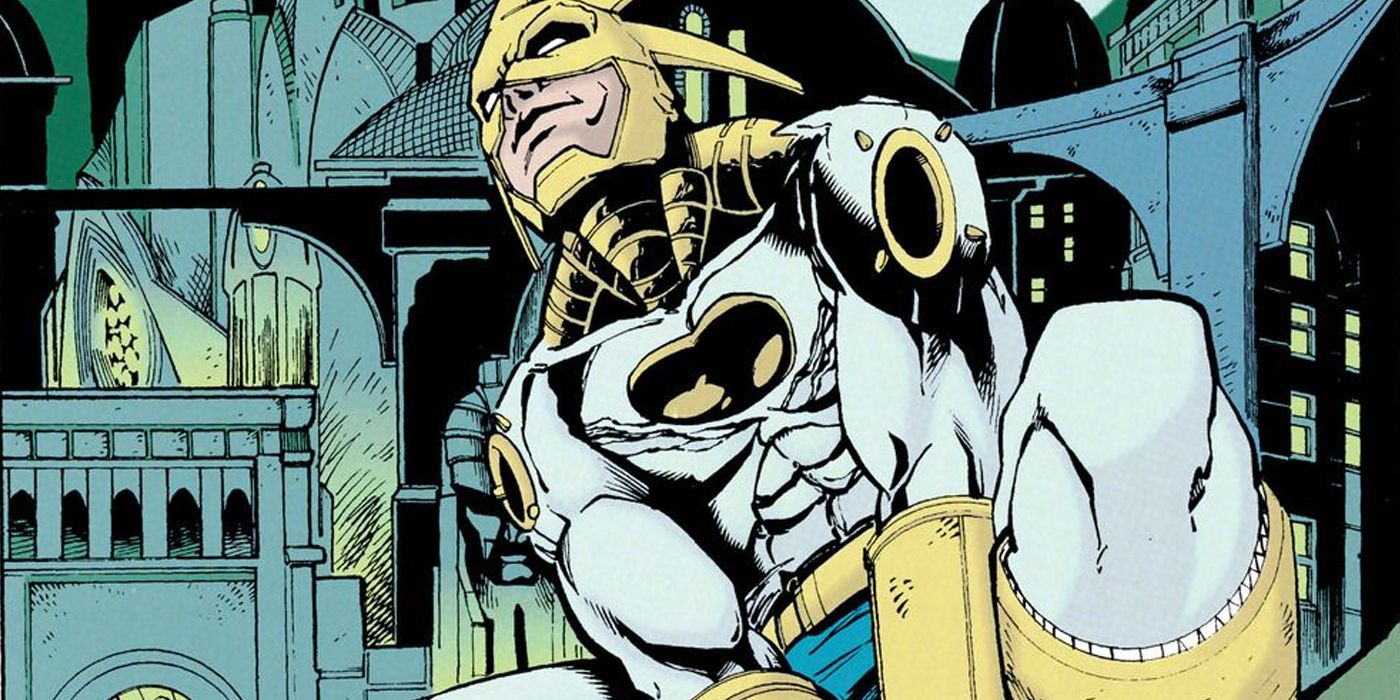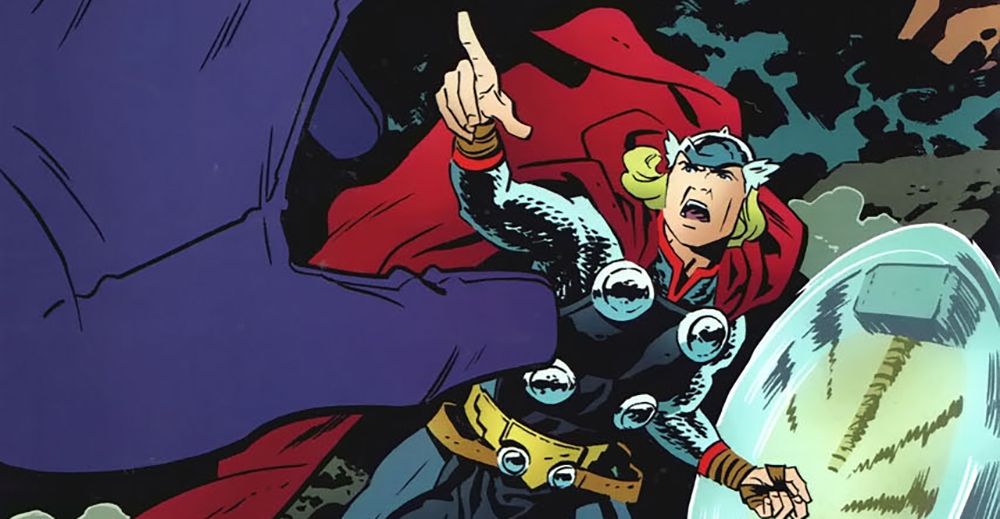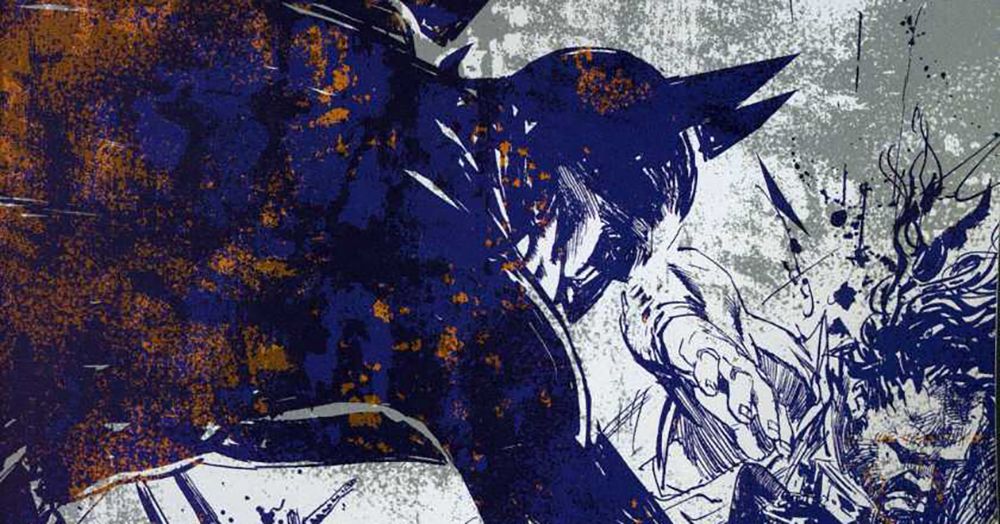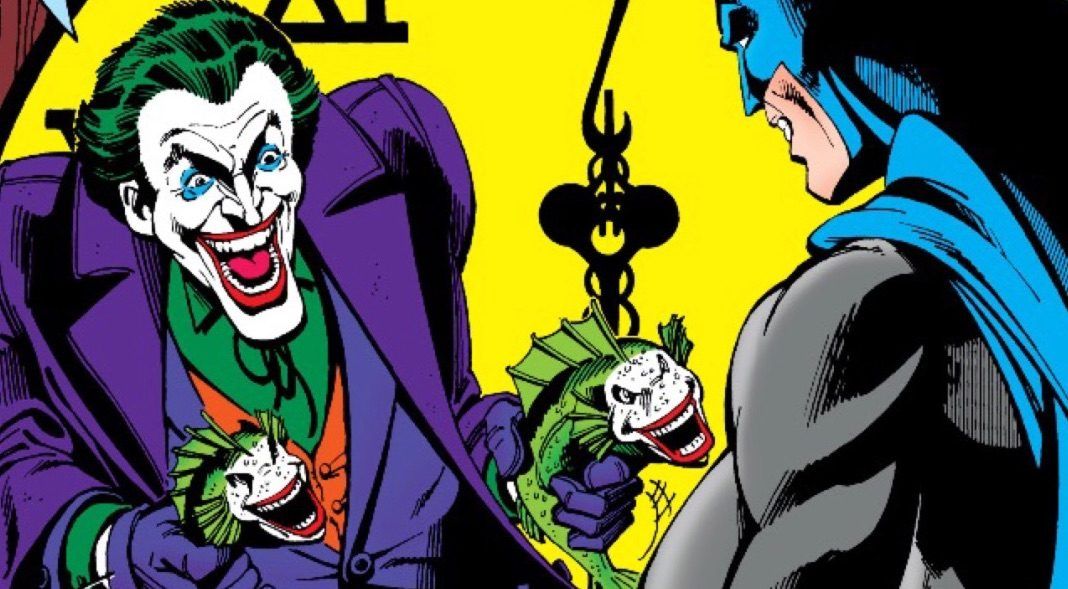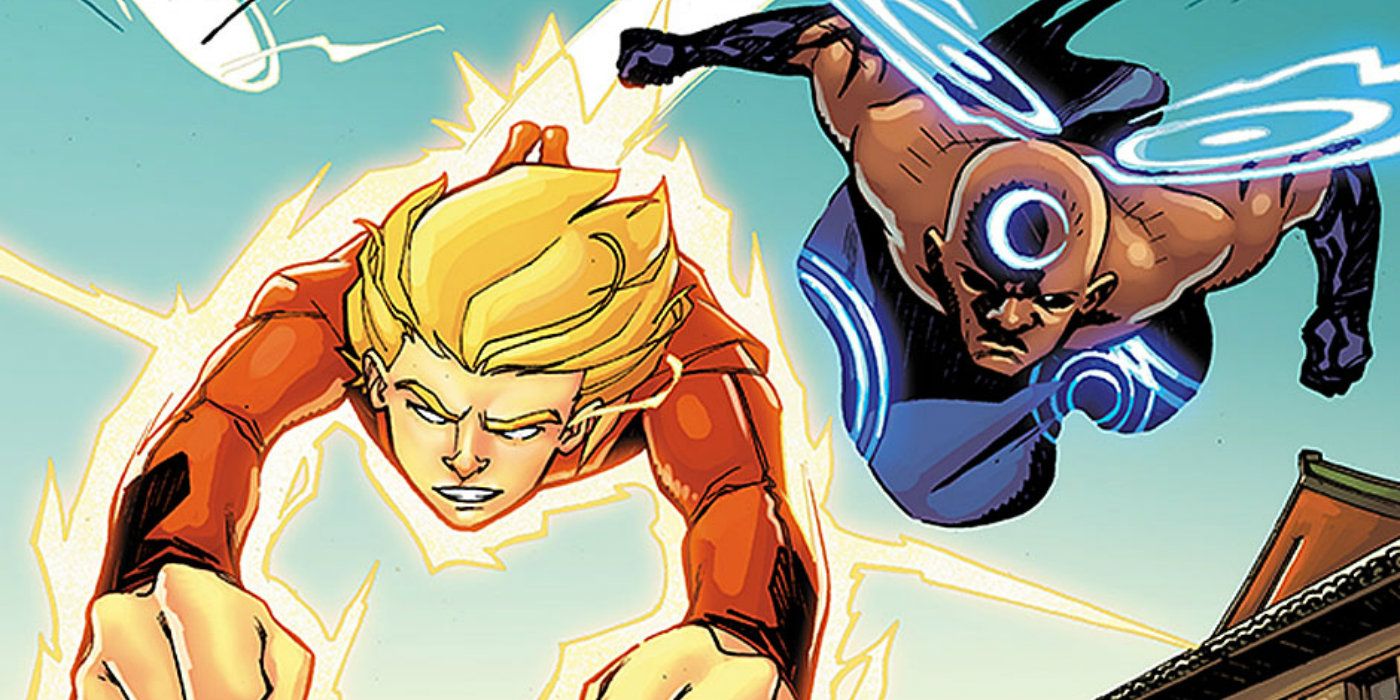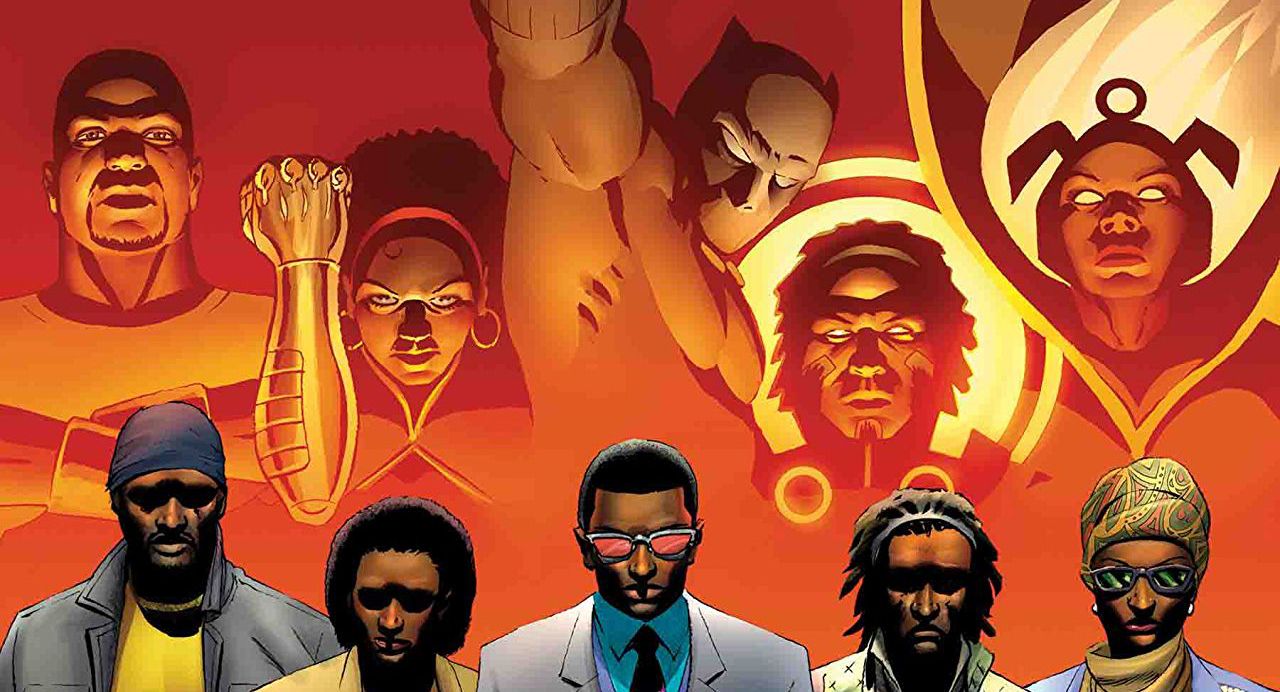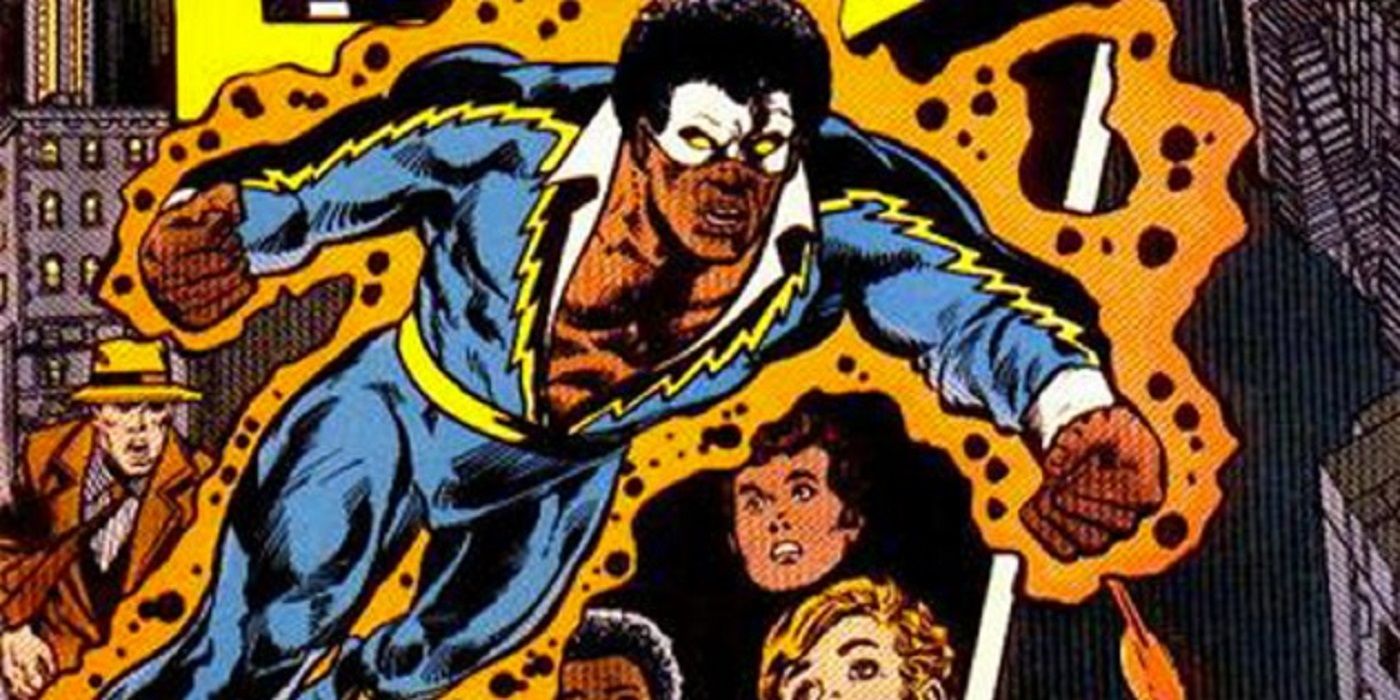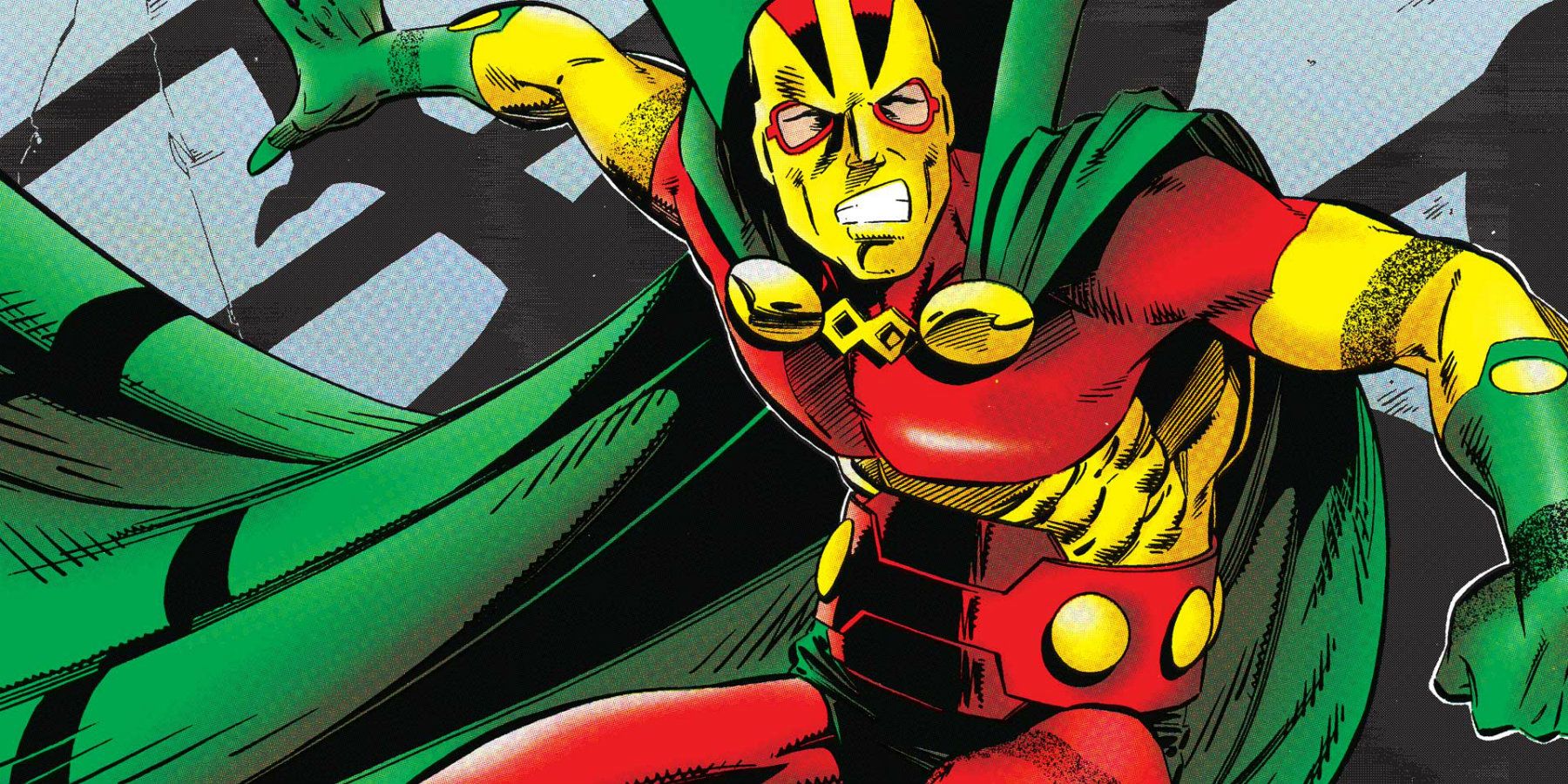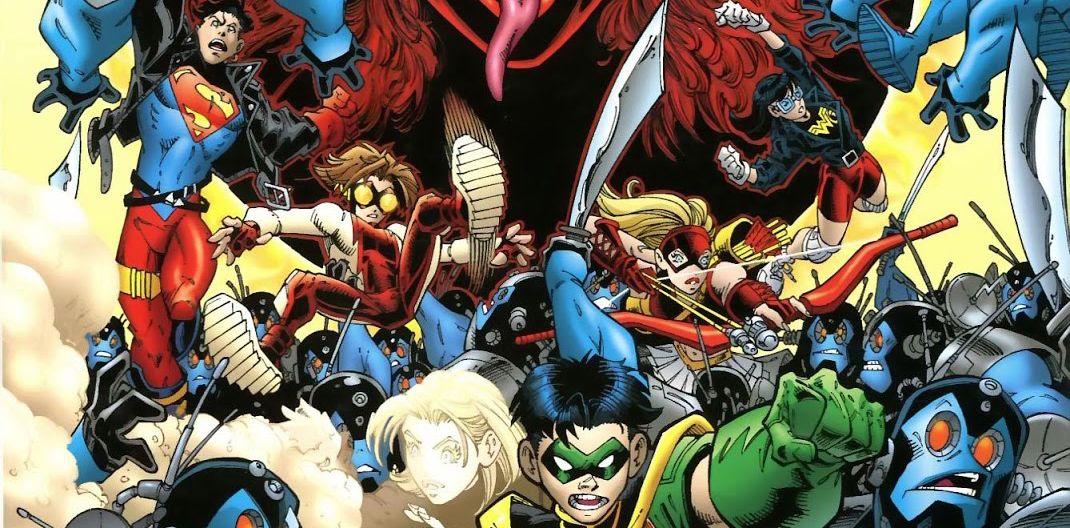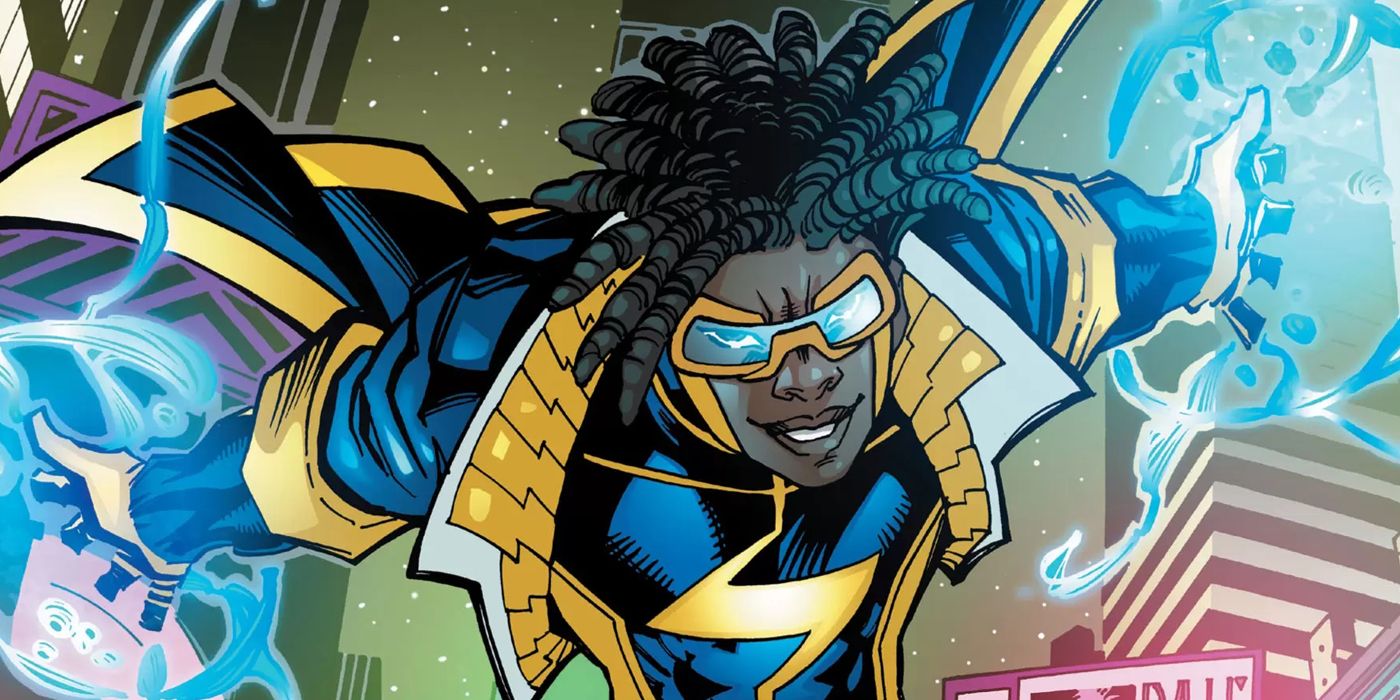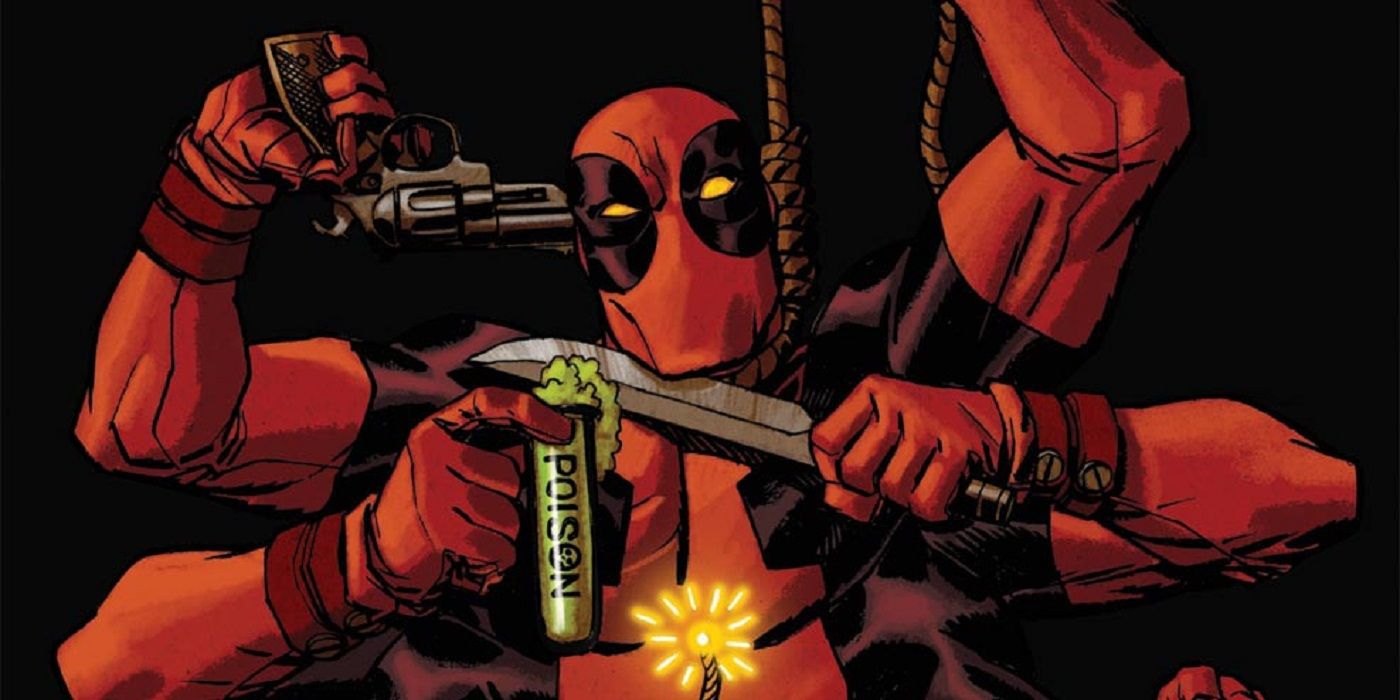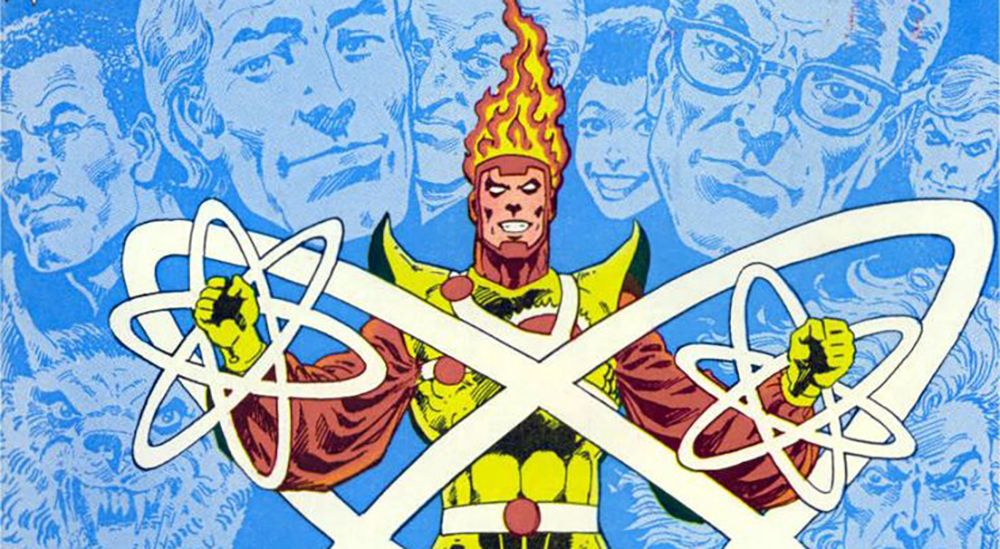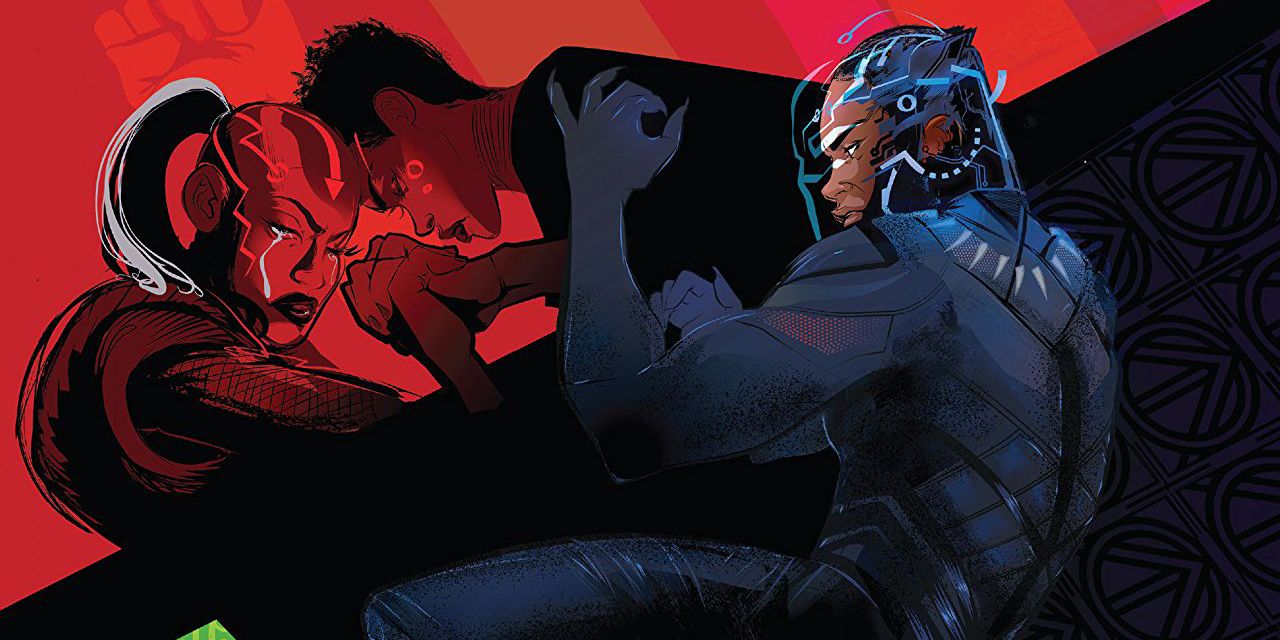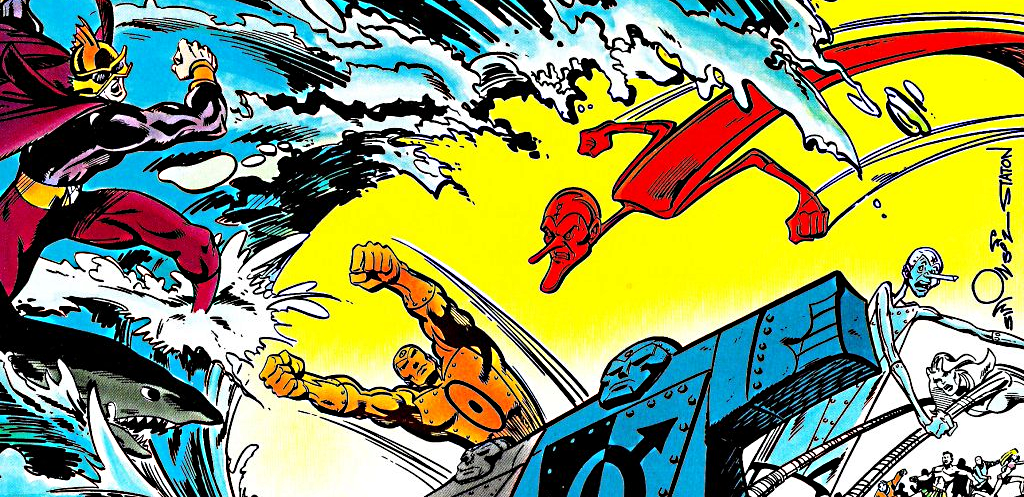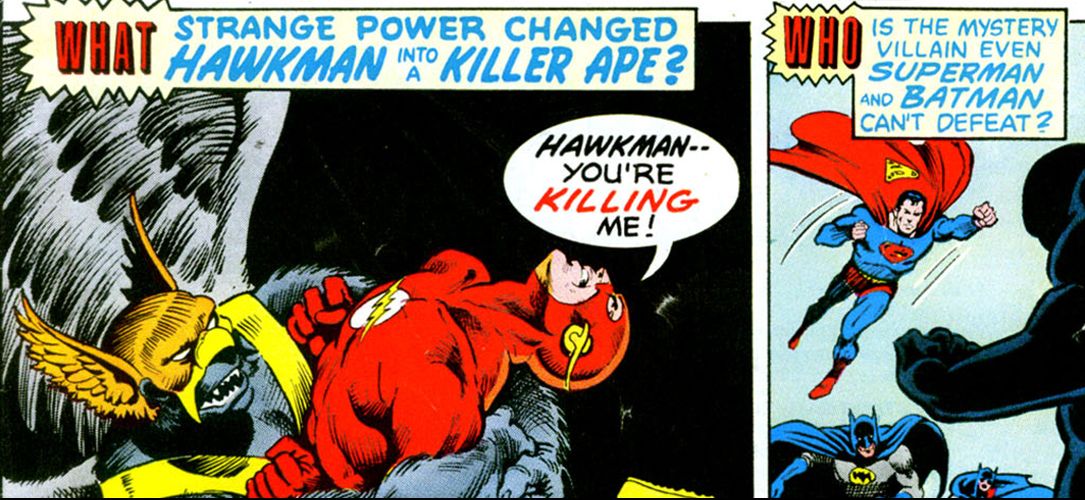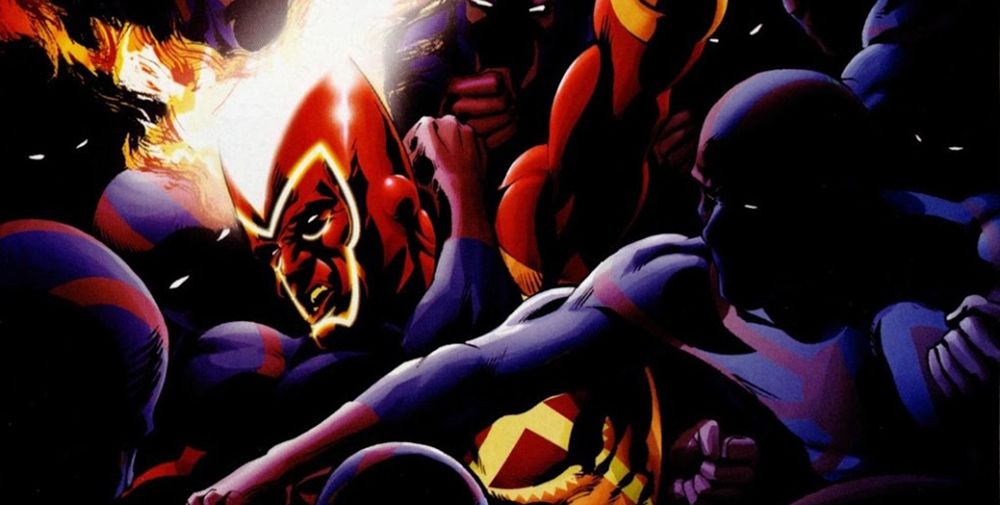Comic books are, for better or worse, an industry first and an art form second. While graphic novels and independent artists revel in the freedom the medium provides, the major companies got to the dominant position they currently hold by being frugal and adhering to a strictly-business mentality. If a certain line of comics or title wasn't selling well, the company would happily cancel it and refocus on better-performing licenses that would help get their sales up. As such, it's not surprising in this day and age, when the print medium as a whole is on the decline and many comic titles are being stripped away, no matter how passionate the fanbase is.
RELATED: Spider-Canned: 15 Canceled Spider-Man Stories You'll Never See
What can be surprising, however, is why some of these licenses are being withdrawn. The answer isn't always money and can range from corporate sabotage to basic pettiness. Sometimes comics are canceled due to poor sales without the title in question having an opportunity to connect with readers. The truth is that comics are fragile things and should be appreciated while they can be, because sometimes buying issues en mass won't be enough to save your favorite titles. With that in mind, we've put together a list of 20 comic books that had shocking cancelations.
20 FANTASTIC FOUR
The Fantastic Four was one of the longest running comic titles. Marvel's legendary First Family helped set the tone and style for the company moving forwards since their debut in 1961. With such a prestigious legacy, it was something of a shock when it was announced at the 2014 NYCC that writer James Robinson was writing the end of the Fantastic Four. Following the events of Secret Wars, the family was split between worlds and dimensions and the title ended.
The official explanation from Marvel was that the comics weren't selling well and to be fair, sales of the license had been stagnant for some time. However, a persistent and convincing conspiracy theory emerged online which pointed out that Marvel was actively hindering the Fantastic Four and X-Men comics because they did not own the film rights to those properties and wanted to lessen their values to Fox.
19 STAR WARS: DARTH VADER
Marvel's Star Wars: Darth Vader depicted the titular villain as he attempted to regain his master's favor after his defeat at the end of A New Hope. The book sold hundreds of thousands of copies and it was clear that the writers and the artists were passionate and invested in their work on the project. But in August of 2016, the title ended.
The issue was not money, but rather the creators feeling that they'd taken the Darth Vader story as far as they could have and not wanting to devalue it by padding out the narrative. But this was less than a year out from Star Wars: The Force Awakens shattered box office records and the announcement of a pair of follow ups. Interest in the Star Wars franchise was at an all-time high, something the writers should have been able to capitalize on to further the narrative.
18 KAMANDI: THE LAST BOY ON EARTH
One of Jack Kirby's least recognized creations, Kamandi existed in a post-apocalyptic world where a "great disaster" had all but eliminated humanity and evolved other species to the point of sentience, leaving various animal factions vying for supremacy. Kamandi debuted in 1972 under his own title, but his series ended in the aptly-named "DC Implosion," which saw DC cancel several of their comics in 1978. Unlike most of its fellow canceled lines, Kamandi had been a consistent seller.
The reason for its cancelation was explained in Infinite Crisis. During the storied comic series, it is revealed that Kamandi's world is one of the alternate versions of the DC Universe and is actually one of several dreamed up by the Atomic Knight Garnder Grayle, because comics. Though this folded Kamandi into the DC Universe proper, he didn't regain his own title until 2017.
17 TEEN TITANS VOL.2
The late '90s Teen Titans series was a strange take on the iconic team. Instead of group of sidekicks to more famous heroes striking out on their own, this version of the team consisted of the children of an invading alien force who bred with humans. They were led by a de-aged Atom and Arsenal. Though it introduced comic readers to the likes of Risk and Argent, the title was canceled after only two years.
A major factor in its cancellation concerned a poll that writer Dan Jurgens had released which asked readers who they'd like to see join the team. Tim Drake's Robin won the vote by an overwhelming margin, but Jurgens was stonewalled by Batman editors and had to use Captain Marvel Jr. as a last-minute replacement. Fans felt betrayed and when sales refused to rise, DC pulled the trigger on this series.
16 AZTEK: THE ULTIMATE MAN
Aztek was created by Grant Morrison and Mark Millar and saw only ten issues of his own comic published from 1996-1997. A hero based on ancient middle-American theology who was trained by the shadowy Q Society, Aztek, nee Uno, saw moderate sales success and even had an encounter with The Joker. His comic was quickly folded into the JLA series, which was also written by Morrison at the time.
This might seem like Morrison trying to showcase his character on a bigger stage and present him to comic readers as a heavyweight hero capable of swinging with the core members, but unfortunately Aztek was killed off in the "World War III" storyline when he sacrificed himself to try and kill what he perceived to be an ancient demon, but was in fact a highly-advanced doomsday machine from the farthest reaches of the universe.
15 THOR: THE MIGHTY AVENGER
Released in conjunction with the first Thor movie, Thor: The Mighty Avenger was an experiment by Marvel to see if their movie success could cycle back into comic book sales. Presenting a non-canonical retelling of Thor's origin story which focused on his interactions with Jane Foster and the world around him, the line was meant to be an offering for non-comic book readers, giving them the opportunity to experience the source material without having to dredge through 30-odd years of lore.
It even featured the stellar artwork of Chris Samnee to better acclimate new readers. Unfortunately, not all the stars could align for this title and it was canceled before the first Avengers movie as interest had died away. Though the experiment failed, many readers continue to appreciate the series to this day and it is widely recognized and beloved in the comic community.
14 BATMAN: THE WIDENING GYRE
Batman: The Widening Gyre had the mixed blessing of being written by Kevin Smith and drawn by Walt Flanagan. Experienced fanboys and artists, the duo tried to tell the story of Batman acclimating to a new vigilante in Gotham, Baphomet. Both Smith and Flanagan brought their usual fanboy-inspired excitement to the series as well as their technical proficiency in their respective fields to the Batman character to what should have been an exciting series.
The series was intended for a limited, 12-issue run, but only released six before Smith and Flanagan took a hiatus from the work to make their reality show Comic Book Men. Afterwards, both of them were too busy with other projects to come back to the title and it remains unfinished to this day, lost in a limbo of "not-quite-canceled-but-pretty-much-canceled".
13 THE JOKER
Hey everybody! You guys remember that time when DC thought it would be a good idea to give a character based on lunacy and chaos his own comic series where every thought he had would be revealed to the reader? No? Good, and DC would like it to stay that way. But in 1974, after coming back from an extended sabbatical, The Joker received his own comic title. It only lasted nine issues, but surprisingly saw some minor success.
At the very least, it didn't see the complete lack of sales that the concept deserved and was certainly profitable enough to be continued. However, DC made the wise decision that The Joker worked best as an antagonist to Batman and canceled the series so the character could return to his rightful place in the DC universe.
12 STARBRAND AND NIGHTMASK
After inexplicably returning from their deaths at the hands of the Beyonders, Starbrand and Nightmask go on fantastic space adventures until the latter realizes they are both slowly losing their connection to humanity. In response, both of them return to Earth to attend college while maintaining their superhero identities. Though the characters were created by Jonathan Hickman for The Avengers, they were given their own series during the 2015 Marvel relaunch written by Greg Weisman.
And therein lies the problem. Greg Weisman, for the uninitiated, is the creative mind behind beloved but short-lived projects like Young Justice and Spectacular Spider-Man. He seems to suffer from an industry curse where none of his work lasts more than two years. Unfortunately, Starbrand and Nightmask got caught up in the curse and was canceled in 2016 after just six issues.
11 BLACK PANTHER AND THE CREW
Caught up in the recent explosion of Marvel cancelations, Black Panther and the Crew is one of the more shocking picks for the chopping block. Focusing on heroes of color trying to keep the peace in a restless Harlem following the death of a civil rights activist, the title was arguably more important than most comic fare because it concerned itself with the realistic depiction of issues which typically would take a backseat to colorful and symbolic villains.
The comic was canceled in six issues due to bad sales, which is indicative of numerous problems, none of which have to do with the title's quality. Marvel didn't give this series a chance to tell its full story and connect with audiences. And even if they did, canceling one of the most socially important comics to come out in quite some time over a low profit margin was terrible PR for the company.
10 BLACK LIGHTNING
Marvel isn't the only one to cancel an important comic title. In 1978, DC canceled their first title to star an African-American superhero as part of the DC Implosion. Since then, Black Lightning has become an established and vital part of the DC Universe as a member of the Outsiders and the Justice League, but his initial run lasted only 11 issues before being relegated to the occasional cameo until he received a new solo run in 1995.
The second title was more successful, lasting a full 13 issues, two more than its previous one. As much as DC likes to idolize characters like Black Lightning as proof of their superior diverse cast of characters in comparison to their rival, it's important to remember they haven't exactly been 100% behind him since the beginning.
9 MISTER MIRACLE
Despite his countless contributions to the comic books, Jack Kirby got well and truly shafted by the industry. Mister Miracle was the longest running of his initial "Fourth World" line, but lasted only 18 issues before being folded into the rest of the DC Universe. The abrupt cancelation of many of his new creations was one of the first signs of Jack Kirby abandoning DC.
Mister Miracle and other New God characters appeared frequently as guest characters in several DC properties in the following decades and occasionally received the odd one-shot or limited series and even briefly got his own series again from 1989-1991. In 1996, Mister Miracle was set to return to shelves in a triumphant comeback, but only lasted for seven issues before DC gave Kirby his due and shuffled all New God titles into the launch of Jack Kirby's Fourth World.
8 YOUNG JUSTICE
It cannot be stressed enough just how unfortunate the curse of Weisman is. The Young Justice television show was stellar and critically acclaimed and the Young Justice tie-in comics took what should have been a generic exercise in corporate management and turned it into a universe-growing outlet of expansive creativity. When the show was canceled, the comics didn't last past another issue, meaning both were shot down due to the same reason.
So why were these great projects ended? Money, of course. The show was a risk for Cartoon Network and was primarily funded through a toy deal with Mattel. But the show was so good that it attracted an older, more diverse audience and toy sales failed, costing the cartoon and the comics their budgets.
7 STATIC SHOCK
As part of DC's New 52, Static Shock was among the mass title relaunch. One of the major draws of the production was writer John Rozum, a key writer of Milestone Comics who responded enthusiastically when DC asked him to write for the series. However, editor Harvey Richards and co-writer Scott McDaniel actively shut Rozum out of the creative process and the series visibly suffered as a result. Poor critical and audience reception was largely blamed on Rozum and he resigned from the company in fury after four issues.
With him gone, Static Shock lasted only four more issues before being canceled, essentially killed because of a writer's squabble. Apparently the basis of the creative differences lay in Rozum's desire to make Static, the hero of the series, look like a powerful hero deserving of his own series. Go figure.
6 DEADPOOL
In this day and age, it seems insane that anyone could ever tire of Deadpool. However, after being reinvented in 1997 by Joe Kelly and receiving his own title, he existed on the perpetual edge of being canceled for the better part of five years. He was kept alive by a religiously devoted fanbase. The humor-based line focused on Deadpool's slow evolution from a kooky mercenary to a fourth wall breaking rogue.
Many writers and artists struggled to make this fundamental side character relevant as a leading man but eventually the inevitable arrived. Deadpool ended with issue #69, a built-in sex joke that would bring a tear to the Merc with a Mouth's eye. The comics never received much in the way of critical praise, but a defiant cult following should have assured this comic's survival.
5 FIRESTORM: THE NUCLEAR MAN
Firestorm is a strange outlier to the DC comic book formula. Though he began in the comics, he has seen much more success outside the medium, being a reoccurring character in various cartoons as well as a playable character in Injustice 2 and a core part of the CW's DC's Legends of Tomorrow. Clearly Firestorm is an identifiable and popular member of DC's roster, but his original comic run was short, lasting only a few issues contained within the year of, you guessed it, 1978.
Fortunately, a few issues were all that were required to make an impression upon readers. Following Firestorm: the Nuclear Man's cancelation, Firestorm was added to the Justice League and became a supporting character for many years, slowly rising up the ranks of popularity until he was given his own title again.
4 BLACK PANTHER: WORLD OF WAKANDA
Another of Marvel's recent executions, Black Panther: World of Wakanda was about a romance between two Wakandan women who must defend the nation while Black Panther is away. It was penned by Roxane Gay and Yona Harvey, two critically acclaimed female writers of color. Ostensibly, it was one of the most diverse comics Marvel ever produced, both on the page and in real life.
But when Marvel sales went into free fall in the last year, one of the primary scapegoats for executives was the company's recent explosion of diversity in their stories. Thinking that readers didn't want anything more than the core Marvel characters, the company quickly killed off any and all titles that didn't feature characters that wouldn't appear in the upcoming Secret Empire event.
3 METAL MEN
The initial run of Metal Men died a slow, horrible death. The first issue came out in 1962 and the line went on hiatus in 1969. It came back in 1976 before finally being axed with the infamous DC Implosion of '78. It wasn't even considered a part of the official DC continuity until issue 21.
It never saw the success enjoyed by other DC titles, but what was peculiar about its cancelation was that the story and sales were beginning to pick up steam right before it was killed off. New characters had just been introduced and reader excitement had risen in the months before the Implosion, suggesting that DC had put a newfound investment into the title that they then were willing to sacrifice.
2 SUPER-TEAM FAMILY
This short-lived series lasted from 1975-1978. We wonder what could have possibly happened that would have caused this DC title to be canceled in 1978. It mostly featured reprints of older comics, but did give readers some iconic original works such as the first Flash/Hawkman team up and the introduction of the Atom to the wider DC Universe. Though it was canceled around the same time as the DC Implosion, it wasn't done for financial reasons.
Rather, DC writers wanted to reorganize the title into DC Comics Presents and The Superman Family lines. Considering this decision boosted the popularity of characters like Supergirl and the Doom Patrol and eventually led to the world-bending Infinite Crisis event, this isn't a cancelation most comic book readers will weep over.
1 FIRESTORM (AGAIN)
Firestorm just has the worst luck when it comes to solo comics, doesn't he? In this case, it's refreshing to see a company listen to the readers and conforming to their opinions as opposed to axing something just due to poor sales. Firestorm was relaunched in 2004 with a new character, Jason Rusch. Fans immediately initiated backlash against the company, unhappy that fan-favorite Ronnie Raymond, who had died during Identity Crisis, was replaced with such a bland character.
DC resisted hard, keeping the failing comic around for a full 30 issues before acquiescing to customer demand and included Ronnie Raymond as a revived soul during Blackest Night. Raymond took his rightful place as one half of Firestorm, Rusch went away to develop as a character for a bit, and the comic was canceled to give Firestorm some time to recover.
Do you miss any of these canceled series? Let us know which ones in the comment section!

